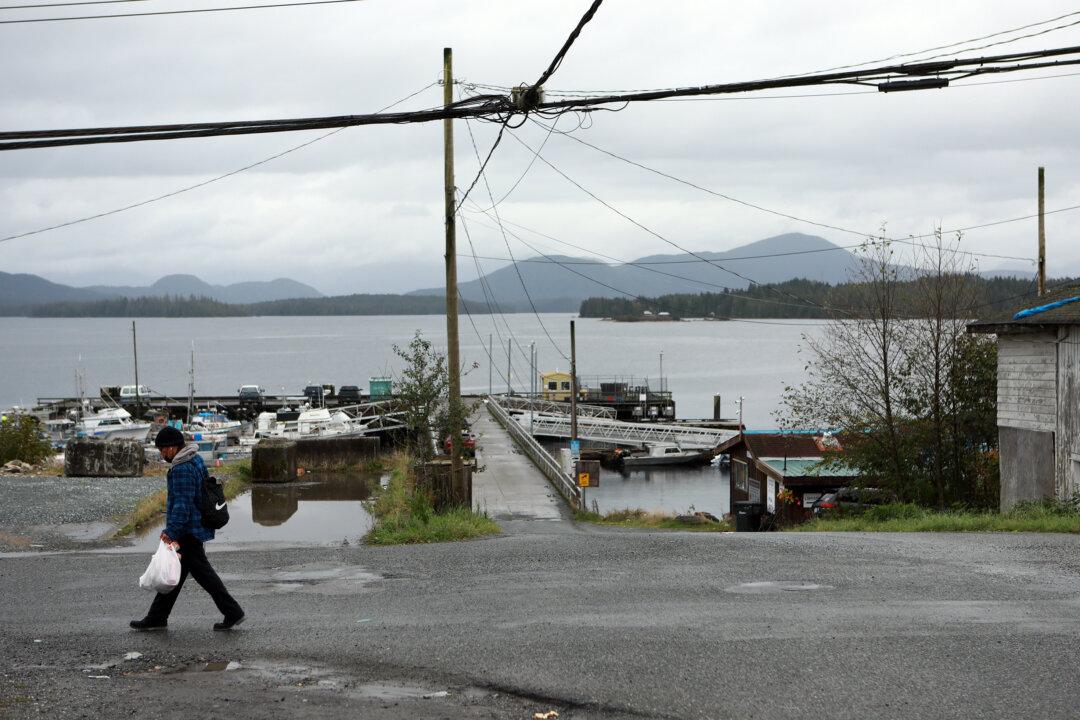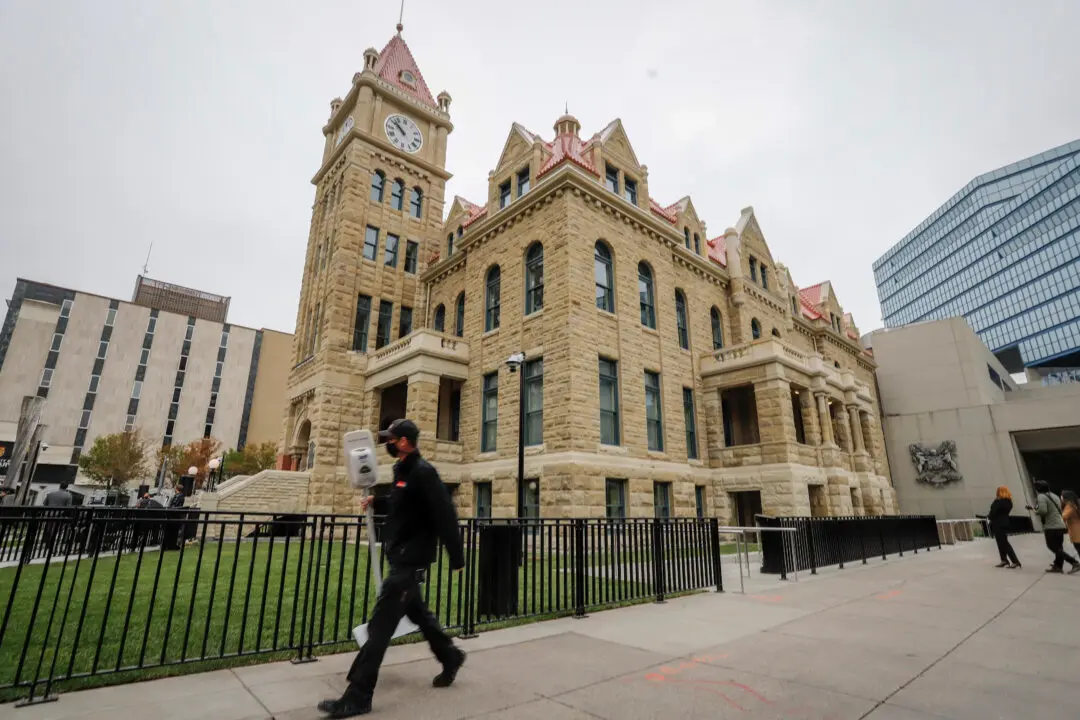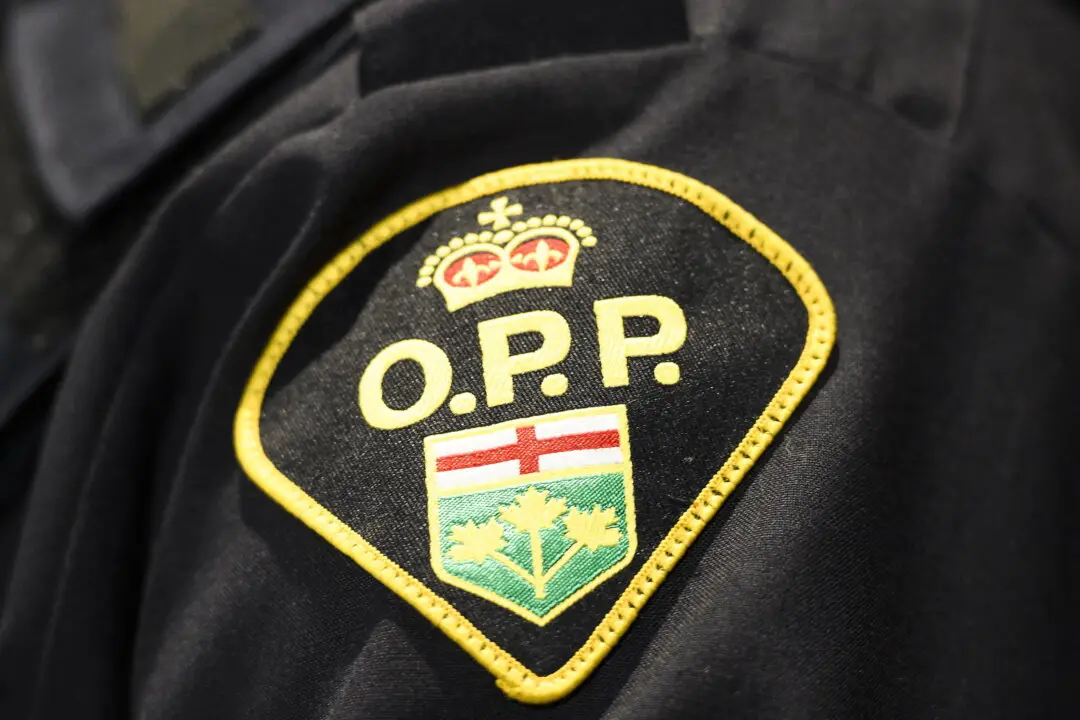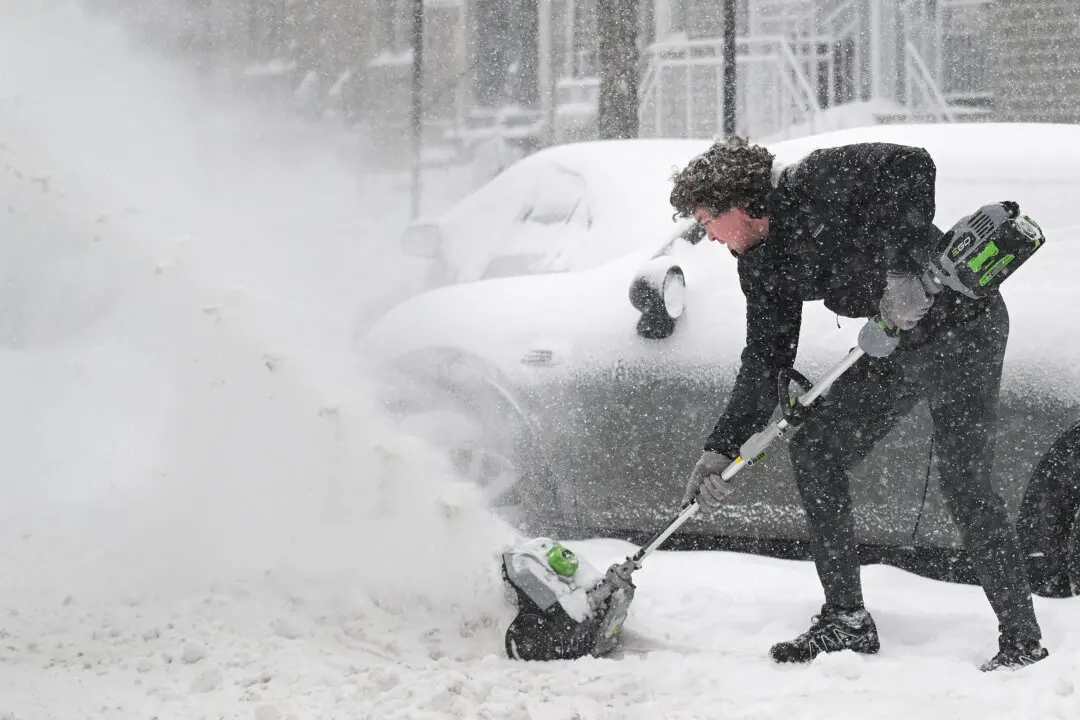A series of earthquakes has hit off the coast of B.C. over the past couple of weeks, including one with a magnitude of 6.4 on July 11.
The quake was lightly felt on Vancouver Island, Natural Resources Canada (NRC) said. It did not trigger a tsunami. There were no reports of damage, and none would be expected, NRC said.





